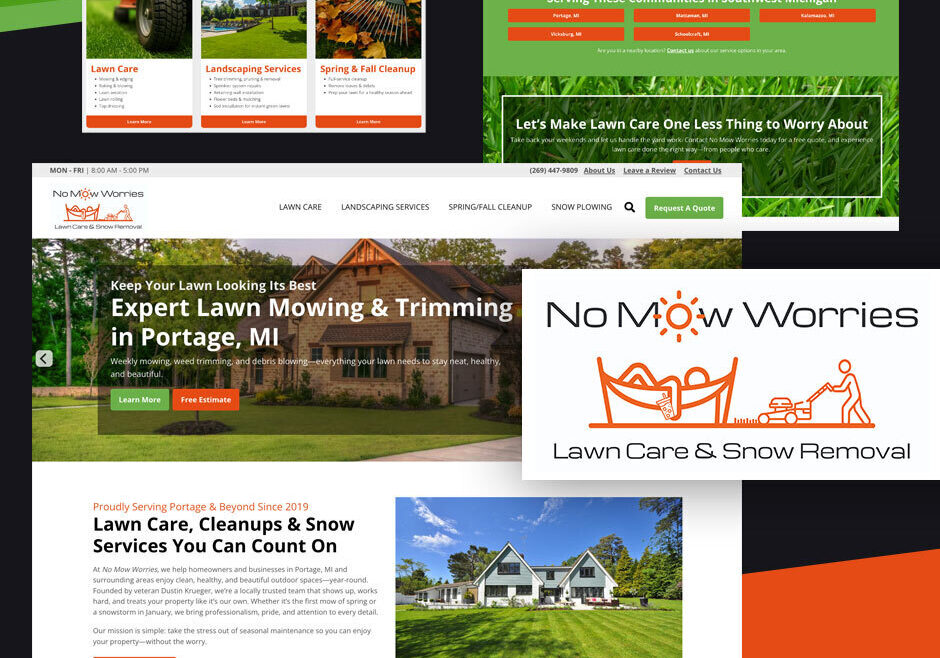2021 Green Industry Sales Reports


Over the last year, the landscaping or green industry has risen to challenges related to COVID-19. The industry as a whole is growing and adjusting, using new technologies and strategies to maintain their standard of customer service and their overall revenue. Plus, COVID-19 may have driven some growth in the industry, as people spent more time at home and were more focused on spending their excess income on improving their homes. Those landscapers who serve more wealthy clients may have noticed this trend more.
We’ve gathered statistics from SingleOPs to show you how different segments of the green industry are doing in sales, so you can see how you compare and get the insights that you need to do better in 2021. The information is based on 390,798 completed landscaping jobs, which is a total value of $683 million.
In general, the stats are broken up into three categories: one-off landscaping, recurring landscaping and tree care. You may focus on one of these areas or your business may have a fair mix of two or all three. In that case, the stats from all three may interest you. In all three areas, we will also bring your attention to both the residential and commercial side of things.
One-Off Landscaping
One-time landscaping is the service that you’ll only perform once for your client, or that won’t involve an ongoing maintenance plan. For example, if you design and install a new water feature for a client, that is one-off landscaping. Delivery and repair can be one-time landscaping too. Delivery of firewood, or irrigation repair, that doesn’t repeat yearly would qualify for this category.
Overall, one-off landscaping saw a proposal acceptance rate of 62%. This means that the average business had 62% of their proposed jobs accepted. Commercial businesses saw a slightly higher acceptance rate of 75% over residential’s 59%. This may mean that commercial is less competitive. In fact, it also had a higher revenue per job of $1,598 over residential’s $1,158. However, residential still has a higher revenue per hour, at $139 over commercial’s $125. There’s certainly an opportunity for both streams to be successful.
Area also matters. The most lucrative place to do one-off landscaping is the Pacific region, where revenue per job is $4,568. The least is the Rocky Mountain region at $607. However, prospects overall are positive, as both average and median revenue per job were up in 2020 as compared in 2019.
One-off landscaping is typically a larger financial burden on clients, so many expect to have longer times to payment. However, in 2020, the time to payment in this industry was only 8 days. It’s likely that this great turn-around time is driven by landscaping company’s increasing adoption of simple and online payment methods that enable clients to pay faster. If you have a long lead time from project completion to payment and it is negatively affecting your cash flow, then you should consider adopting a digital payment method.
Recurring Landscaping
Recurring landscaping is those tasks that you do for your clients on a regular basis. This might include lawn mowing and snow removal. It also includes services that might only happen once per year, such as aeration or bush trimming, so long as you have an ongoing contract for them.
As compared to one-off landscaping, recurring landscaping one average has a higher revenue per hour, at $170 in 2020. However, it has a longer time to payment at 18 days. This just makes sense as these monthly payments become rote for the client. Still, you can improve your time to payment with prompting and accepting digital payment methods.
Proposal acceptance for recurring landscaping is also higher than one-off landscaping, at 88% as compared to 62%. However, proposal acceptance rate is down for recurring landscaping in 2020. That may be due to some residential clients with excess time being able to handle their landscaping themselves. The same may go for commercial clients who may need to cut back on their costs to deal with COVID-19 instability, or who may have idle staff who can now handle the landscaping.
Also unlike one-off landscaping, recurring landscaping has seen an average and median revenue drop for 2020. Average revenue has drop to $2,212 from $2,414 and median revenue per job has dropped to $493 from $503. This issue is much more prominent in residential than commercial work. The average revenue per job in the residential world is less than a fifth of that in commercial work. Median is similarly dwarfed.
Tree Care
Tree care is, as the name suggests, services just for trees, whether it’s removing, trimming, treating or planting. Tree care is a much more specialized kind of landscape work and it has its own unique challenges and rewards.
One such challenge is a low proposal acceptance rate at 50%. This is a drop of 14% since 2019. This may be a reflection that many tree care tasks are put off in times of economic uncertainty.
Tree care has a very quick time to payment at 7 days and a competitive revenue per hour of $125. While tree care specialists need to put a lot of energy into finding new clients, they can still be quite profitable. Plus, they are also benefiting from technological advances, like digital payment methods that are shortening the time to payment.
It is also worth noting that the median revenue per job grew for tree care specialists in 2020, to $850 from $720.While there may be less work in general there is lucrative work out there. This is particulary true in the Pacific region, the Southwest and Northeast which have the highest average revenues per job at $2,956, $1,969 and $1,985 respectively.
Arborgold Business Software

Want more insights about the industry or how your specific business is going and how it matches up to overall trends in landscaping? The insights you can get from Arborgold can help you have a better year in 2021. Take the tour today to see what else the software can do for you.
Share this resource



